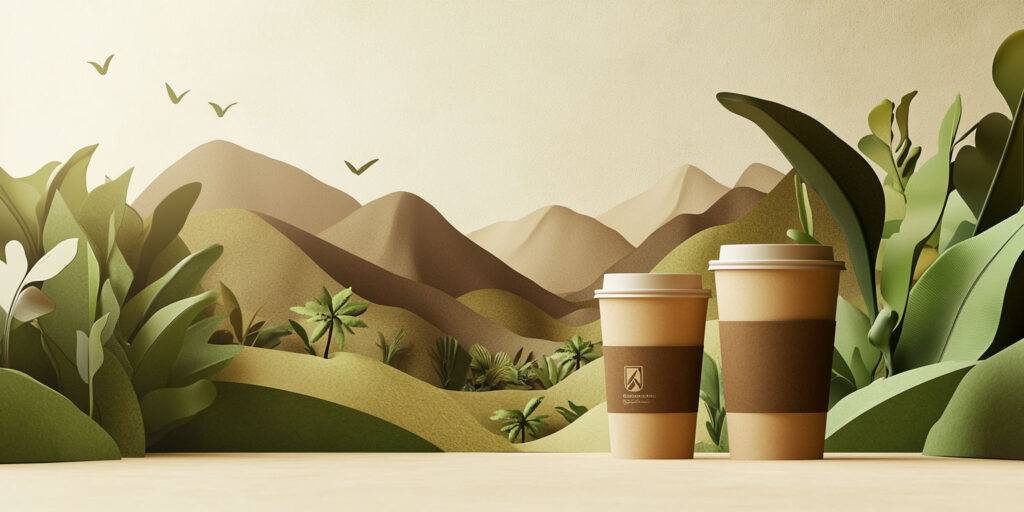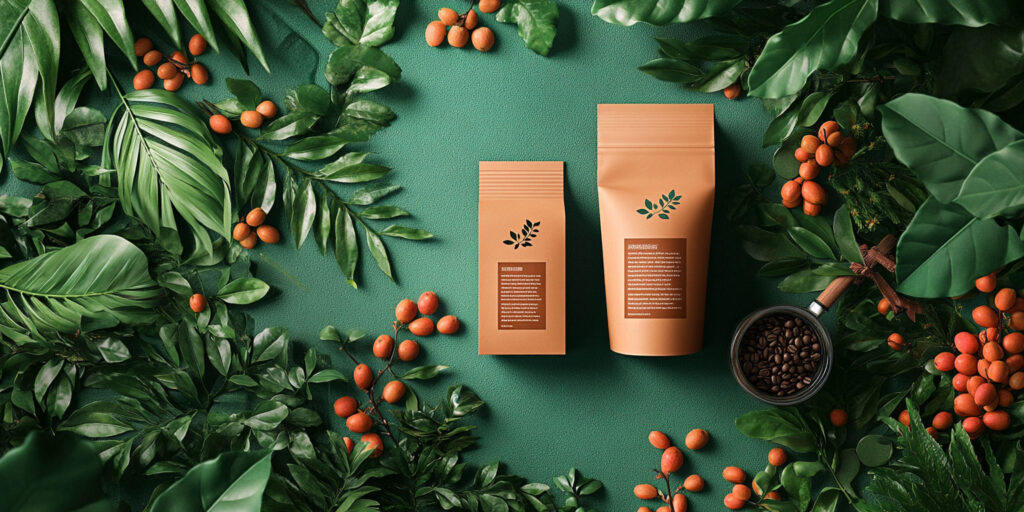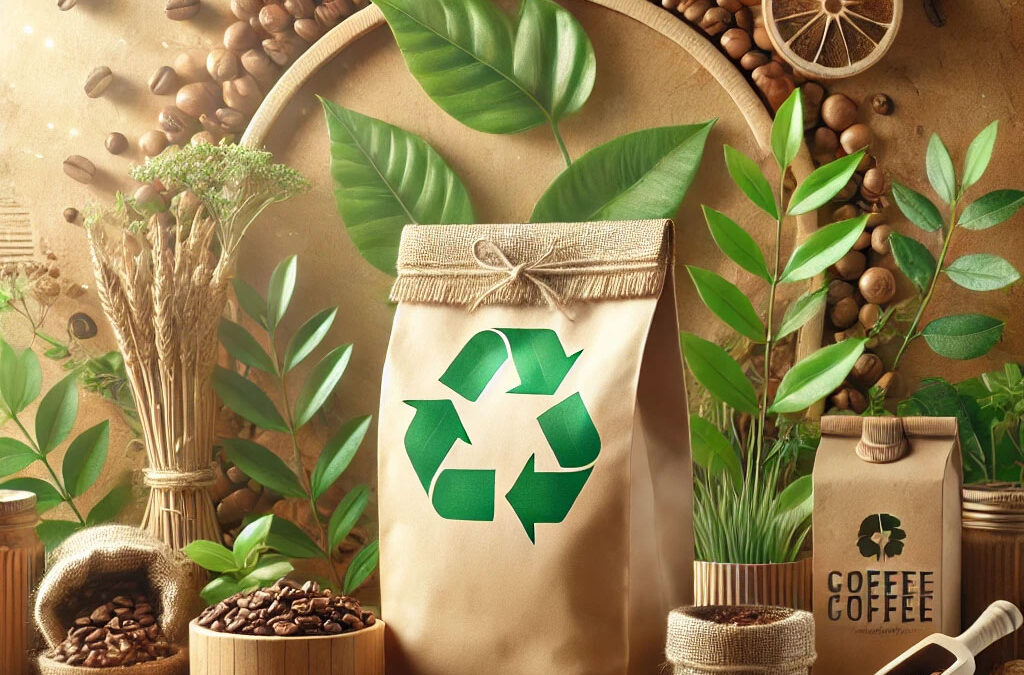Coffee lovers everywhere are enjoying a cup of their favorite brew, but how often do we think about what happens to the packaging once we’re done? With environmental concerns on the rise, businesses are shifting towards plant-based materials for coffee packaging. These innovative solutions not only reduce plastic waste but also support the growing demand for eco-friendly practices. But there’s more to consider: How long does coffee stay fresh in these sustainable packages? Spoiler alert: It’s good for a year if properly sealed!
Let’s dive into the benefits of plant-based coffee packaging and how it’s redefining the shelf life of your favorite roast.
Why Plant-Based Coffee Packaging Matters
Traditional coffee packaging often involves layers of plastic, aluminum, and other non-biodegradable materials. While they do a great job at preserving coffee, they contribute significantly to landfill waste and pollution. Enter plant-based packaging, a solution that addresses these environmental challenges while meeting the needs of both producers and consumers.
Key Benefits of Plant-Based Coffee Packaging:
- Biodegradable and Compostable: Most plant-based materials break down naturally over time, reducing waste and supporting a circular economy.
- Renewable Sources: Derived from materials like cornstarch, sugarcane, or other agricultural by-products, these packages avoid depleting finite resources.
- Consumer Appeal: Eco-conscious buyers are more likely to support brands that embrace sustainable packaging.
- Maintains Freshness: Designed with advanced technology, plant-based packaging protects coffee from air, moisture, and light, preserving its flavor and aroma.

How Long Does Coffee Stay Fresh in Plant-Based Packaging?
The key to keeping your coffee fresh is proper storage. When sealed in plant-based packaging, coffee can maintain its quality for up to one year. Here’s why:
- Air-Tight Sealing: Modern plant-based materials are engineered to block oxygen, which can stale coffee over time.
- Moisture Resistance: These packages effectively prevent humidity from entering, preserving the beans or grounds.
- UV Protection: Some plant-based solutions incorporate UV-resistant layers to shield coffee from sunlight, which can degrade its flavor.
Tips for Keeping Coffee Fresh:
- Store the package in a cool, dry place away from direct sunlight.
- Avoid frequent opening and resealing; use smaller portions to minimize air exposure.
- If the package is unsealed, transfer coffee to an airtight container for optimal freshness.
The Future of Coffee Packaging
As consumers become increasingly aware of their environmental footprint, plant-based packaging is quickly gaining traction. Not only does it help fight plastic waste, but it also proves that sustainability doesn’t have to come at the cost of quality. Companies adopting these practices are paving the way for a greener coffee culture, one cup at a time.
By embracing these eco-friendly materials, the coffee industry can align with global sustainability goals, reduce its carbon footprint, and continue delivering fresh, flavorful coffee.

Closing: Sip Sustainably, One Package at a Time
Switching to plant-based coffee packaging is more than just a trend—it’s a commitment to protecting the planet while enjoying your favorite brew. With freshness guaranteed for up to a year, these innovative materials show that sustainability and quality can go hand in hand. So next time you reach for your coffee, look for brands that support this green revolution and know you’re contributing to a better future, one sip at a time.

